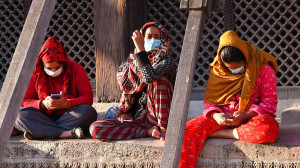Editorial
Go there together
There is a case to be made for the new and older forces to together build the atmosphere for elections.
With under four months to go for the March 5 parliamentary elections, there have been some unfortunate signs. The country’s two major political forces—the Nepali Congress and the CPN-UML—seem hesitant to take part in elections. The UML appears more rigid against participating in the polls to be conducted by the Sushila Karki government. Yet Congress President Sher Bahadur Deuba too seems to be hardening his position against the Karki administration. Earlier, it was only the UML which collected signatures of lawmakers of the dissolved House demanding its reinstatement. Now, the Congress lawmakers are doing the same.
One can understand why the two established parties are hesitant to go for polls. It was just two months ago that Gen Z protesters ousted them from the government. Public anger against the state’s killing of scores of youths is still fresh. UML chief Oli and then home minister Ramesh Lekhak of the Congress, a trusted Deuba lieutenant, have been barred from leaving the country and even travelling outside Kathmandu. But there are some encouraging signs too. The Gen Z groups and other new forces that appeared politically clueless in the aftermath of the dramatic political change are now gradually getting organised and formulating policies. Some have formed political parties and registered with the Election Commission. This trend has picked up momentum.
At a time when the major traditional political forces are putting forth various conditions to participate in the elections, the new groups that led the uprising should play a constructive role in creating an environment for the polls. Only timely elections will bring to an end the current climate of political uncertainty. Such elections are in the interest of emerging forces as well. Historically Nepali people have stood in favour of the forces who fought for change. Nepal held its first general elections in 1959, in which the Nepali Congress that championed for democracy won two-thirds seats in the first parliament. Later, King Mahendra dissolved the legislature and enforced the partyless Panchayat system. After restoration of democracy, the second parliamentary elections were held in 1991. In the elections, Congress and the communist party—two major forces that led the people’s movement—emerged as the first- and second-biggest parties.
After the end of the Maoist insurgency in 2006, Nepal’s political parties agreed to hold elections for the Constituent Assembly. The Maoists were hesitant at first and the election date had to be postponed twice. But when the first CA election was held in 2008, the Maoists became the largest party. In the same elections, the Madhesh-based forces emerged as major forces. Most recently, the Rastriya Swatantra Party became the fourth-largest in the House in 2022 in less than six months of its formation.
At present, the public sentiment is in favour of the youths’ fight for good governance and transparency. They are thus likely to back the newer, younger outfits in the upcoming elections. Yet as democratic forces, it will also be difficult for the old parties to shy away from elections, especially if the constituency in favour of timely polls continues to build. There is thus a case to be made for the new and older forces to collectively build the atmosphere for free, fair and timely elections. The newer outfits can also reach out to established parties and try to take them into confidence on the vitality of elections—for all the democratic forces as well as the country that is undergoing a difficult political transition.




 10.12°C Kathmandu
10.12°C Kathmandu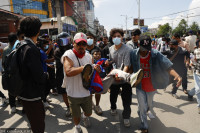
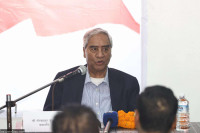
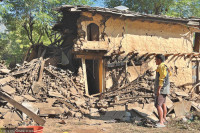
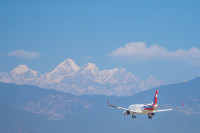




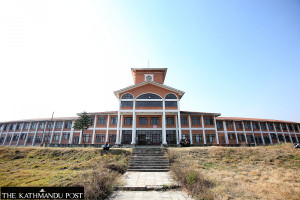

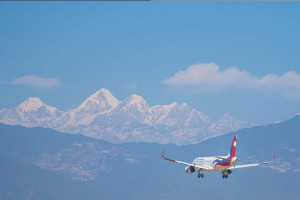

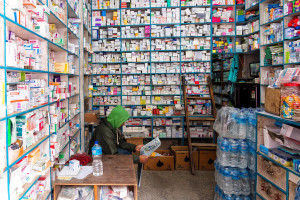
%20(1).jpg&w=300&height=200)

